A holographic photo frame is a fascinating innovation that uses cutting-edge technology to transform static photos or videos into 3D, dynamic holographic images. As technology advances, holographic display technology is gradually entering the consumer market, with holographic photo frames being one of the leading examples. But how exactly does this amazing device work? In this article, we’ll explore the working principle behind holographic photo frames and uncover the secrets of the technology that makes them possible.
How Does a Holographic Photo Frame Work?

The core of a holographic photo frame is holography, which uses light interference and diffraction to capture and recreate an object’s 3D information. Here’s how it works:
- Image Recording and Processing
The process of creating a hologram involves capturing interference images of an object using specialized equipment. These images contain the 3D spatial information of the object. While traditional holograms are created using laser beams to record light interference patterns, modern holographic photo frames convert these images into digital signals and process them using advanced optical technologies. - Holographic Projection
In a holographic photo frame, LED, LCD, or specialized holographic displays are used to showcase the image. These screens use tiny optical elements (such as micro-projectors or gratings) to convert the digital signals into three-dimensional images. Unlike standard 2D displays, each layer of a holographic image is reconstructed via diffraction of light waves, generating a three-dimensional effect. - Viewing Angles and Depth Perception
Holographic photo frames adjust light sources, display angles, and screen resolution to enable viewers to see different perspectives of the image. This creates a lifelike 3D visual experience. No matter from which angle the viewer looks, the image changes based on the observation point, enhancing the sense of depth and spatial awareness. - Dynamic Image Presentation
In addition to displaying static images, holographic photo frames can also showcase dynamic holographic content. By converting video or animated data into holographic information, the device can play 3D animations or videos, providing a richer, more immersive 3D visual experience for viewers.
Advantages of Holographic Photo Frames
- No Glasses Required for 3D Effect
Unlike traditional 3D display technology, which requires special glasses, holographic photo frames can present 3D images without any extra equipment. Users can enjoy a true 3D experience with no hassle. - High Resolution and Clarity
Holographic photo frames typically offer high resolution, ensuring that every image detail is clearly visible. The high-quality display technology ensures that every frame is reproduced accurately, and viewers can enjoy the best visual experience, no matter from which angle they are looking. - High Interactivity
Many modern holographic photo frames support interactive features. Viewers can change the displayed holographic content via touch screens, remote control, or even gestures. Some frames allow users to choose different images or videos based on their needs, greatly enhancing the flexibility and fun of the experience. - Modern Home Decoration
In addition to serving as a technological showcase, many consumers use holographic photo frames as modern home decor. Their unique visual effects make them eye-catching decor pieces that add a touch of futuristic appeal to any home or office.
Applications of Holographic Photo Frames

- Home and Office Use
In homes, holographic photo frames can serve as innovative decor, displaying family photos, artworks, or videos, adding a modern and tech-savvy touch to the living space. In office settings, holographic frames can be used to showcase corporate videos, product models, or 3D diagrams, enhancing the futuristic feel of the workplace. - Commercial Advertising and Exhibitions
Holographic photo frames are widely used in commercial advertising and exhibition displays. By showcasing holographic images, companies can attract customers’ attention and deliver product information in a dynamic, 3D format, boosting brand visibility and appeal. - Education and Research
With holographic photo frames, students can gain a more intuitive understanding of complex 3D structures, while scientists can use holographic images for more accurate observations and analyses in their studies.
The Future of Holographic Photo Frames
As technology continues to evolve, holographic photo frames are expected to become even smarter and more convenient.
- Higher Resolution and Display Quality
Future holographic displays will likely offer even higher resolutions and more vivid color representation, making the holographic images clearer and more lifelike. - Broader Range of Applications
In addition to homes and offices, holographic photo frames may expand into more industries such as entertainment, healthcare, and tourism, with even more interactive and intelligent features. - Lower Costs
As the technology matures and production processes improve, the cost of holographic photo frames is expected to decrease, making them more affordable for everyday consumers.
Conclusion
Holographic photo frames are a groundbreaking innovation, offering an immersive 3D experience that goes beyond traditional displays. Whether for home decor, office presentations, or advertising, they have immense potential.
If you’re looking for a futuristic display, the 3D METAVERSE holographic photo frame is a top choice. For more information or to get the latest updates, feel free to contact us. We’re excited to offer you the best in cutting-edge technology and service.





